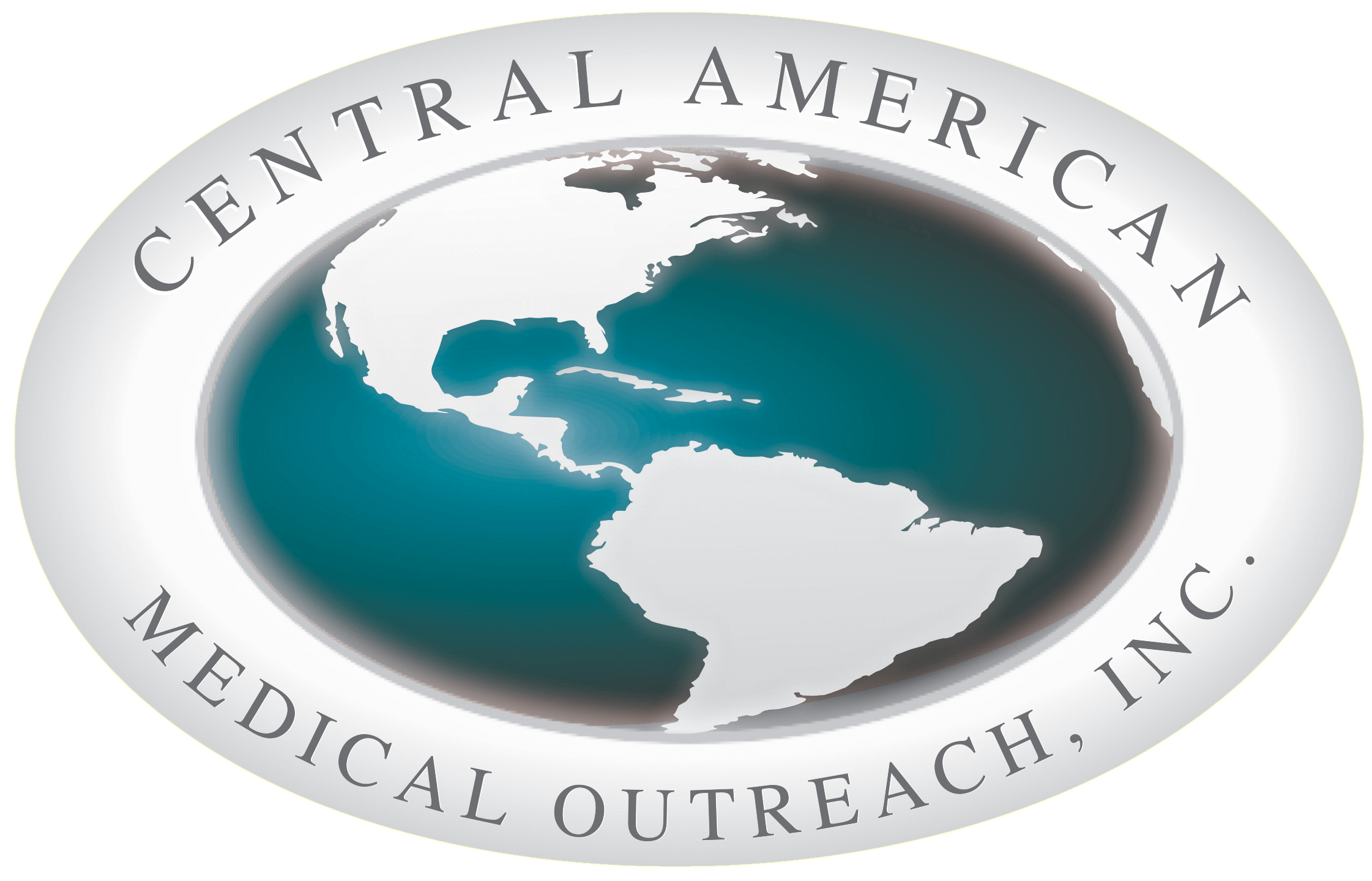CAMO helps with emergency services training in Honduras
http://www.the-daily-record.com
SANTA ROSA de COPAN, Honduras — The damaged vehicle lays on its side, its victim trapped inside. A swarm of EMS and paramedics surround the car, doing their best to sum up the situation quickly.
″(The) mechanism of injury (in a crash) indicates the method of extraction,” instructs Steve Wood, a captain of the fire department in Munroe Falls. “Stabilize (the scene), then get the patient out as quickly as you can.”
The accident scene is make-believe, but the training is very real. Wood is one of many volunteer health care providers in Honduras with Central American Medical Outreach for a week.
He led rescue training with members of three Honduran fire departments and a paramedic unit in and around Santa Rosa at a scrap metal yard on the edge of the city.
“It’s helpful for someone from (the) United States to train to know the correct ways,” said Maynor Pena, a driver with the Santa Rosa fire department.
After a group of about 15 firefighters carried the shell of an old truck about one hundred yards to the site of the training, instruction began.
On this day, the firefighters and paramedics were learning to extract a victim in an overturned vehicle — covering the victim so breaking glass does not fall on the victim, putting the victim on a backboard to stabilize the spine before moving and providing CPR to the victim when a heart attack occurs once extracted.
“They are a very helpful people,” Wood said, adding the older firefighters are clearly willing to teach their younger counterparts.
“They’re very well trained; they knew what to do,” he said. The firefighters and paramedics “need to be able to work together and that’s why we have the trainings … to work as one group.”
The concept of cross-cultural exchange and education is nothing new to CAMO. Honduran paramedic Juan Ramon Trejo, firefighter Wilmer Cruz, hospital director Dr. Juan Carlos Cardona and emergency room director Dr. Pablo Santos trained with emergency personnel in Canton in January 2013.
“We brought them up to be able to see how triage works, how important it is and how to bring every (medical professional) together from the pre-hospital (treatment) to triage to the patient flow through the emergency room and beyond,” CAMO founder Kathryn Tschiegg told the Canton Repository at the time.
Still, EMS is a relatively new concept in Honduras. Although the rescue workers have some training, the departments lack even the most basic equipment. Wood said the fledgling departments do the best with what they have.
Edgardo Orellana, el Capitan of Santa Rosa de Sula department, expressed gratitude for the equipment and training provided by CAMO.
″(CAMO is) very helpful for the department,” he said.
When the Hondurans were in Canton, the fire department donated to CAMO three HazMat suits that were used for training and rendered useless under federal guidelines. Anyone wishing to help may contact CAMO at its website or call 330-683-5956330-683-5956.
Lance White, managing editor of The Daily Record, was in Honduras in February gathering information on CAMO. June Chandler-White, who works for CAMO, wrote the story.
